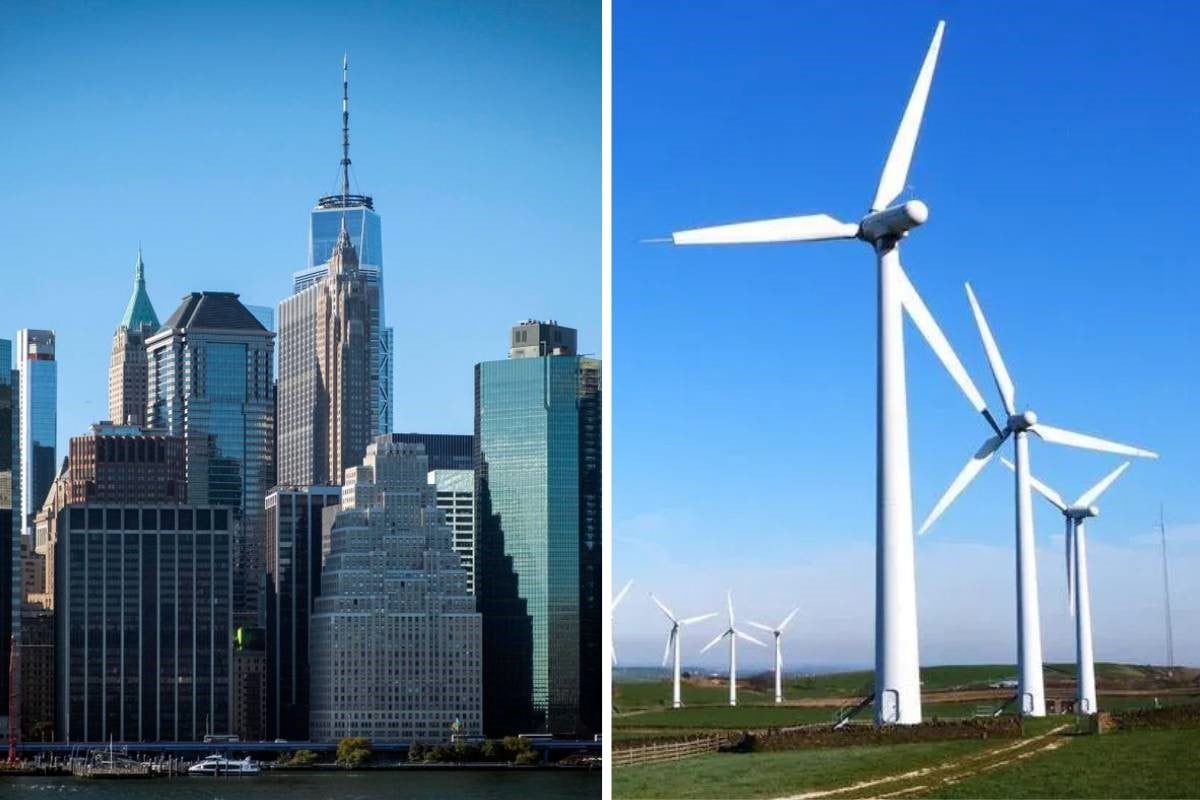New York’s aggressive climate plan inspires hope and projects lofty dreams on paper. But reality is slowly kicking in, and recent revelations indicate that the plan won’t go as smoothly as planned, especially for taxpayers.
Shortly after former President Donald Trump announced the United States’ planned withdrawal from the Paris Climate Accord, it seemed like all hell broke loose, specifically in Democrat-run states.
In what some people regarded as politically motivated moves, blue states swiftly embarked on local actions to rebel against the decision. California and New York led the charge. They would set plans in motion to combat climate change in their little way.
In New York, former Gov. Andrew Cuomo, who had always been a strong advocate for climate change control, got to work. With the help of the legislature, the Climate Leadership and Community Protection Act (CLCPA) was passed, with the aim of reaching net-zero greenhouse-gas emissions by 2050.
The governor was elated. Speaking on the bill before it was signed into law, he described it as “A goal plus an action plan based in reality.” He was right, or was he?
The bill had several ambitious benchmarks. These included cutting total 1990-level greenhouse gas emissions by 85% by 2050. The bill also aimed to achieve 70% electricity generation by renewable energy sources by 2030.
To nurse this dream, the governor inaugurated a 22-member Climate Action Council. The team had 3 years to produce a plan that would include implementable steps to achieving the climate plan goals. That’s how the “Climate Plan” came about.
After Cuomo’s scandalous exit from office, Governor Kathy Hochul, who has replicated his zeal, has taken up the mantle of seeing the climate plan actualized. The plan, which is more or less a declaration of war on fossil fuels, is as ferocious as California’s climate change program.
The climate plan advocates heavy reliance on electricity in vehicles and buildings. It also imposes mandates on individuals and organizations. Plus, polluters will have to buy allowances to release greenhouse gases.
But there are serious concerns about the plan. The swift and heavy investments in multi-billion dollar renewable energy projects, plus the electrification of millions of homes and automobiles, will come at great cost. Sadly, it’s New York households that will bear most of these costs.
Recently, contractors hired to implement a vital step in the climate plan have admitted that the project requires 54% more money than was initially planned. This is a big blow to the plan and an embarrassing indicator that the magic switch from fossil fuels to renewable energy might just be a grave mistake.
Sadly, the situation seems likely to get worse. Gas prices are set to increase, and skeptics are foreseeing a scarcity of green energy-sourced power. In the end, there’s no guarantee of any substantial improvement in carbon emission levels.
So, why the rush to implement plans that might inflict unfruitful hardship on New York residents? Hopefully, it’s not too late to modify the CLCPA and slow down the bus before it plunges off the cliff.











































